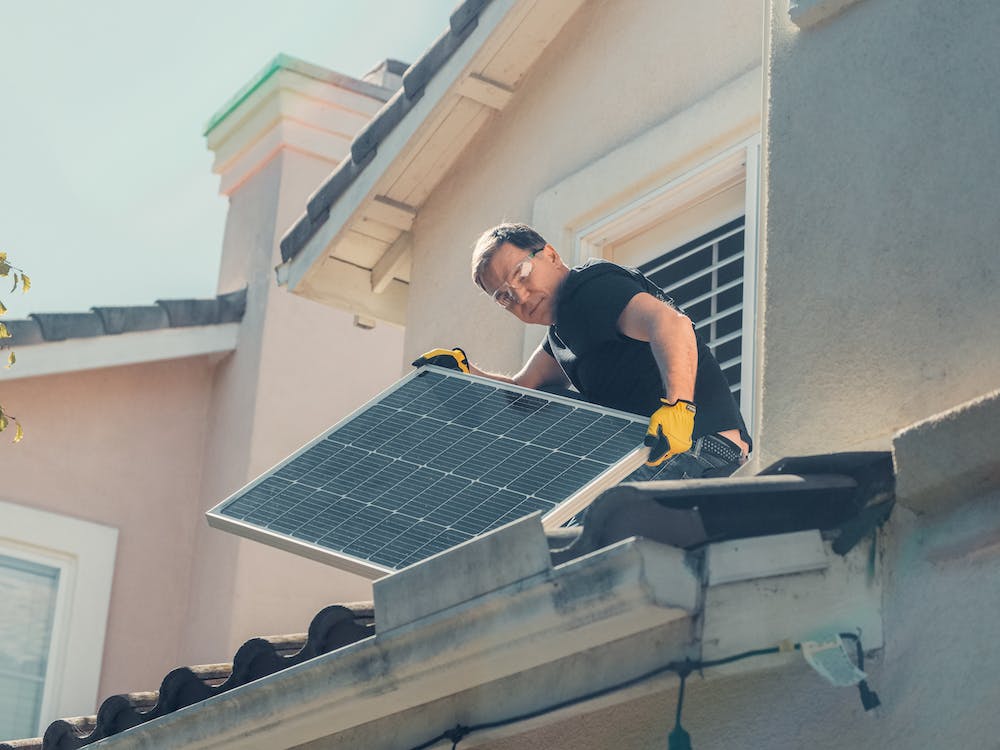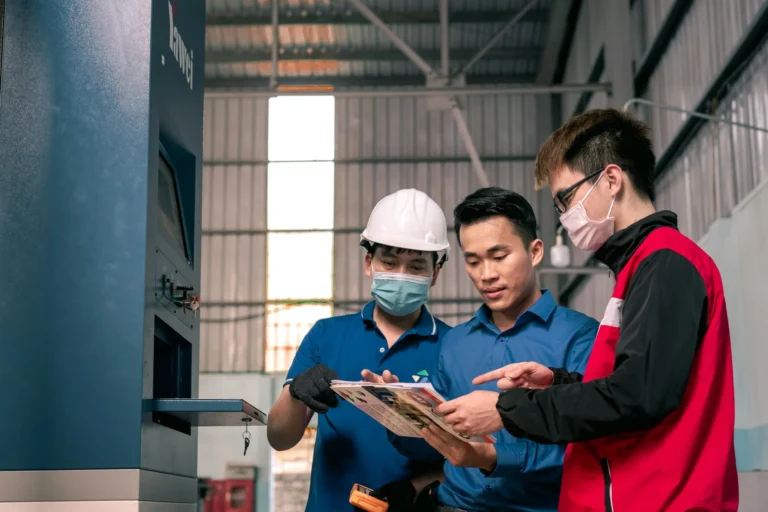Australia, known for its diverse landscapes and vibrant cities, faces a significant challenge when it comes to housing. The soaring prices of real estate and the need for environmentally sustainable solutions have sparked a growing conversation about the future of housing in the country. As populations increase and urbanisation continues, addressing affordability and sustainability becomes imperative.

The Current Scenario: Challenges and Trends
Affordability Concerns
The skyrocketing housing prices in major Australian cities, notably Sydney and Melbourne, have created an unprecedented challenge for aspiring homeowners. Over the last few decades, these cities have witnessed an exponential surge in real estate values, surpassing the growth of household incomes. As a result, the quintessential Australian dream of owning a home has become an elusive goal for a substantial portion of the population.
The heart of this issue lies in the staggering inflation of property rates, significantly outpacing the pace of wage increases. This widening gap between income and property prices has generated a housing market that is increasingly unattainable for many Australians, particularly the younger generation striving to establish themselves.
For the younger demographic, in particular, the prospect of homeownership presents an almost insurmountable hurdle. With rising student debts, unstable job markets, and the high cost of living, saving for a substantial deposit becomes a formidable challenge. The dream of owning a home, once a tangible aspiration for young adults, has transformed into an elusive ambition, often delayed or abandoned altogether.
This economic disparity has resulted in a shift in societal norms, with more individuals and families relying on long-term rentals or alternative housing arrangements. The shift from traditional homeownership to long-term renting has altered the landscape of housing dynamics, impacting not only personal finances but also the broader economic stability of these cities.
Furthermore, the affordability crisis isn’t confined solely to the urban centres; it has repercussions that resonate across socioeconomic strata. Families, even those with stable incomes, face the daunting task of saving for a deposit while navigating the exorbitant housing market. The implications extend beyond financial burdens, influencing life choices, delaying major life milestones, and impacting the overall well-being and aspirations of individuals and families.
Addressing this affordability crisis is crucial not only for the financial stability of individuals but also for the broader economic health of the nation. Without viable solutions to make housing more attainable, Australia risks perpetuating a cycle where homeownership remains a distant dream for future generations, exacerbating social inequality and economic instability.
Sustainability Imperatives
In tandem with the housing affordability crisis, a global consensus has emerged, echoing the urgency to adopt sustainable practices as a crucial strategy in combating climate change. The built environment, particularly buildings, stands as a substantial contributor to energy consumption and greenhouse gas emissions, significantly impacting the planet’s ecological balance.
Studies reveal that the construction and operation of buildings account for nearly 40% of global energy use and approximately one-third of global greenhouse gas emissions. This revelation underscores the critical need to reimagine the way we design, construct, and inhabit our dwellings.
Consequently, there’s an escalating momentum towards advocating for eco-friendly housing solutions that not only curb the environmental footprint but also foster the development of resilient and adaptable communities. These solutions encompass a holistic approach, encompassing sustainable materials, energy-efficient designs, and innovative construction techniques, aiming to revolutionise the very fabric of housing infrastructure.
The intent is not merely to mitigate environmental harm but to proactively contribute to a regenerative ecosystem where the built environment harmonises with nature, reducing its adverse impact and fostering a sustainable coexistence between human habitats and the natural world. T
his paradigm shift towards eco-friendly housing isn’t just a passing trend; it represents a fundamental rethinking of how we conceptualise, build, and inhabit spaces, aiming for a future where sustainability is inherent in every aspect of the built environment, fostering healthier, greener, and more resilient communities.
Innovations in Affordable Housing
Modular and Prefabricated Construction
The surge in demand for affordable housing has catalysed a significant shift in construction methodologies, propelling the rise of modular and prefabricated construction techniques as prominent solutions to the housing crisis. These innovative methods represent a departure from the conventional brick-and-mortar approach, offering a streamlined and efficient alternative.
Modular construction involves the fabrication of building components in off-site factories, where modules or sections of the structure are prefabricated with precision and then transported to the construction site for assembly.
This approach significantly expedites the building process, as simultaneous work on-site and at the factory reduces construction timelines by a substantial margin. The efficiency gains are remarkable; projects that traditionally took years to complete are now executed in a matter of months. Moreover, the controlled environment of factories minimises the impact of external factors such as weather conditions, ensuring consistent quality and reducing material wastage.
Prefabricated construction, on the other hand, involves the assembly of entire building sections or modules off-site before transportation to the final location. This method not only accelerates the construction pace but also slashes labour costs, as it requires fewer workers on-site for assembly. The time and cost savings inherent in modular and prefabricated construction techniques directly address the barriers of time and expense associated with traditional building methods.

Additionally, the versatility of these approaches allows for customization and flexibility in design, dispelling the misconception that prefabricated housing lacks aesthetic appeal. Architects and designers now leverage these techniques to create innovative, functional, and visually appealing homes that cater to diverse preferences and needs.
As the demand for affordable housing intensifies, the scalability and efficiency of modular and prefabricated construction techniques position them as pivotal tools in meeting the growing housing needs while ensuring cost-effectiveness and expeditious delivery without compromising on quality or design aesthetics. This paradigm shift towards modern construction methods not only redefines the pace and economics of housing projects but also sets a new standard for efficiency, sustainability, and adaptability in the housing industry.
Co-housing and Shared Spaces
Co-housing, a concept where residents share common spaces while having private living areas, is gaining traction. This fosters a sense of community while reducing individual living costs. Shared amenities and collaborative spaces promote a more efficient use of resources.
Government Initiatives and Policies
Government initiatives play a crucial role in addressing housing affordability. Programs promoting first-home buyers’ grants, rent assistance, and affordable housing schemes aim to make homeownership more accessible for low and middle-income earners.
The Intersection of Sustainability and Housing
Energy-Efficient Design
In the pursuit of sustainability, architects and builders are embracing energy-efficient design principles. This includes passive heating and cooling, the integration of renewable energy sources like solar panels, and the use of sustainable building materials.
Green Infrastructure and Urban Planning
Cities are reimagining urban landscapes by incorporating green spaces, promoting public transportation, and creating walkable neighbourhoods. Urban planning that prioritises sustainability enhances residents’ quality of life while reducing environmental impact.
Circular Economy and Recyclable Materials
The concept of a circular economy is gaining ground in construction, emphasising the use of recyclable and repurposed materials. From recycled steel and reclaimed wood to innovative materials derived from agricultural waste, the focus is on reducing waste and minimising environmental footprint.
Technology’s Role in Shaping Housing
Smart Homes and Automation
Advancements in technology have led to the development of smart homes equipped with automation systems. These systems optimise energy usage, monitor resource consumption, and enhance security, contributing to both sustainability and convenience for homeowners.
3D Printing and Innovative Construction Techniques
The advent of 3D printing technology in construction allows for rapid and cost-effective building processes. Printing houses using sustainable materials not only reduces construction time but also minimises waste.
Virtual Reality and Design Efficiency
Virtual reality (VR) is revolutionising the design and planning phases of construction projects. Architects and developers can visualise and refine designs in immersive VR environments, ensuring efficiency and reducing potential errors before construction begins.
Overcoming Challenges for a Sustainable Future
Collaboration Among Stakeholders
Addressing housing affordability and sustainability requires collaboration among various stakeholders, including governments, developers, architects, and communities. By working together, innovative solutions can be implemented more effectively.
Financial Support and Incentives
Continued financial support from governments, such as tax incentives for sustainable building practices or subsidies for eco-friendly renovations, encourages more widespread adoption of these practices.
Education and Awareness
Raising awareness about the importance of sustainable housing practices is crucial. Education on the benefits of eco-friendly homes and the long-term cost savings can influence consumer choices and drive demand for sustainable housing options.
The future of housing in Australia is a blend of affordability and sustainability. Innovative construction methods, coupled with a focus on energy efficiency and community-centric design, hold the key to creating homes that are not just affordable but also environmentally responsible.
As Australia navigates the complexities of urbanisation, the evolution of housing must prioritise inclusivity, resilience, and environmental consciousness. Through collaborative efforts and a commitment to embracing innovative solutions, the vision of affordable, sustainable housing for all Australians can become a reality.
It is evident, the future of housing in Australia is not just a matter of infrastructure; it’s a reflection of societal values and aspirations for a more equitable and environmentally conscious future.
As technology improves and new developments emerge tools like Wunderbuild will play a crucial role in ensuring you provide the highest quality in building and construction. Wunderbuild offers smart project management and collaboration features, enhancing productivity, and facilitating smooth workflow in construction projects. Harness the power of modern construction software to stay ahead in this evolving industry. To learn more about what Wunderbuild can do for your projects, click here.



